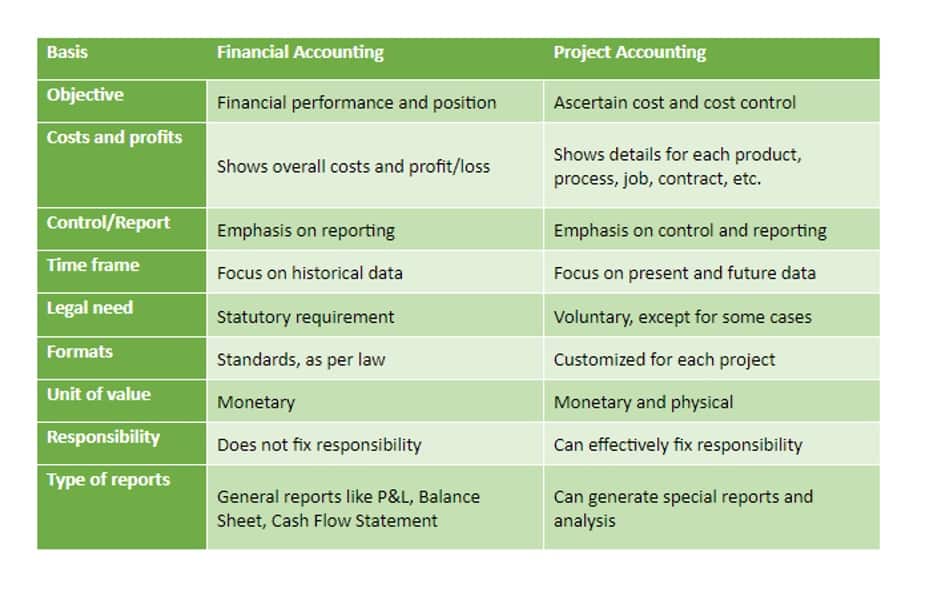by Saad
- Bookkeeping
- April 28, 2023
- 129
- 0

Because the royalty payments are based on how many presses use Jamison’s IP every year to produce industrial diamonds, the royalty is usage-based. While that dream might be fun, Nick Palazzolo brings it back to reality by discussing the nuts and bolts of accounting for royalty expenses. royalties accounting Delve into various scenarios where royalties come into play—from initial advance payments to accruing royalties yet to be paid. Nick dissects common journal entries related to royalty transactions whether it’s for using songs in commercials or other intellectual properties.

Sales- and Usage-Based Royalties in ASC 606
Each of these revenue streams may have distinct royalty rates and payment structures. For instance, streaming services typically pay royalties based on a complex formula that considers factors like the total number of streams and the service’s revenue. Performance royalties, collected by organizations like ASCAP or BMI, are distributed to songwriters and publishers when https://www.instagram.com/bookstime_inc music is played publicly, such as on radio stations or in venues.
Setting Up Payments

In the press, carbon crystallizes into microscopic diamonds under immense pressure and heat, which are then cemented together in tungsten-carbide. The resulting product is ground to specifications and brazed onto drill bits. Jamison has decided to license its proprietary diamond press technology to a German company, https://www.bookstime.com/ Osterreich Diamant. Osterreich has agreed to pay $500,000 per year in royalties for each press utilizing Jamison’s proprietary technology.

Franchise rights
- In 2024, songwriters and publishers receive a royalty rate of $0.124 per minute on songs with a running time of less than five minutes.
- David has also served as the chair for The Book Industry Study Group’s Rights Committee and Digital Sales Committee.
- In certain circumstances, licenses of IP containing a royalty based on sales or usage are determined to not be distinct and are bundled together with other promised goods or services as one performance obligation.
- Innovators, inventors, creators, intellectual property owners, and landowners can benefit from a royalty income.
- Another example would be a computer manufacturing company obtaining the rights to use an operating system, such as Windows.
- You should understand what royalties are if you create intellectual property or are working for a business that does in order to be able to make informed judgments.
Royalties may also be paid in the context of rights to take minerals from the property of someone else. These are often called mineral rights, rather than royalties, but they work the same way. For example, oil and gas producers in the U.S. pay a royalty of 12.5% of production value for onshore operations. The question of how this expense is entered on your business tax return depends on the specifics of your situation. Before you attempt to include any of these royalties or licensing fees as expenses, check with your tax professional. A royalty interest entitles the mineral rights owner to receive a portion of the minerals produced or the gross revenue from sold production.
This approach helps stakeholders understand the earnings process and the real-time value generated from licensing agreements. The timing of revenue recognition for royalties hinges on the specific terms and conditions of the licensing agreements, which dictate when the licensee’s sales or usage triggers the royalty payment. This timing is not arbitrary but is governed by the principle that revenue should be recognized when the performance obligation is satisfied. Royalty accounting in the technology sector often revolves around the licensing of software, patents, and other intellectual property. Companies may license their technology to others for use in a variety of applications, from software solutions to consumer electronics.




